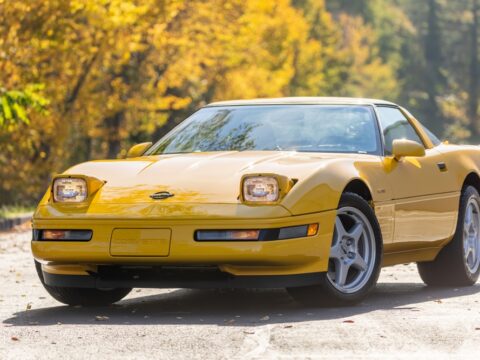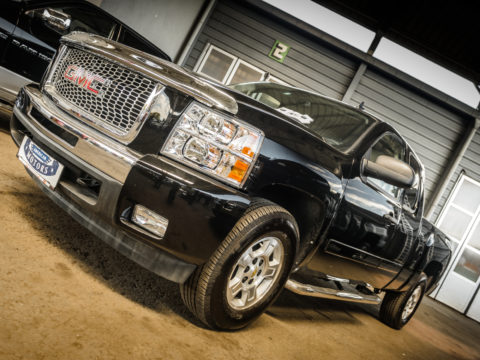Classic American muscle cars hold a special place in automotive history, capturing the essence of power, speed, and style. These iconic vehicles not only defined an era but also left a lasting impact on car culture. In this article, we’ll explore 20 fascinating facts that highlight what makes these legendary cars so unforgettable.
Contents
The First Muscle Car
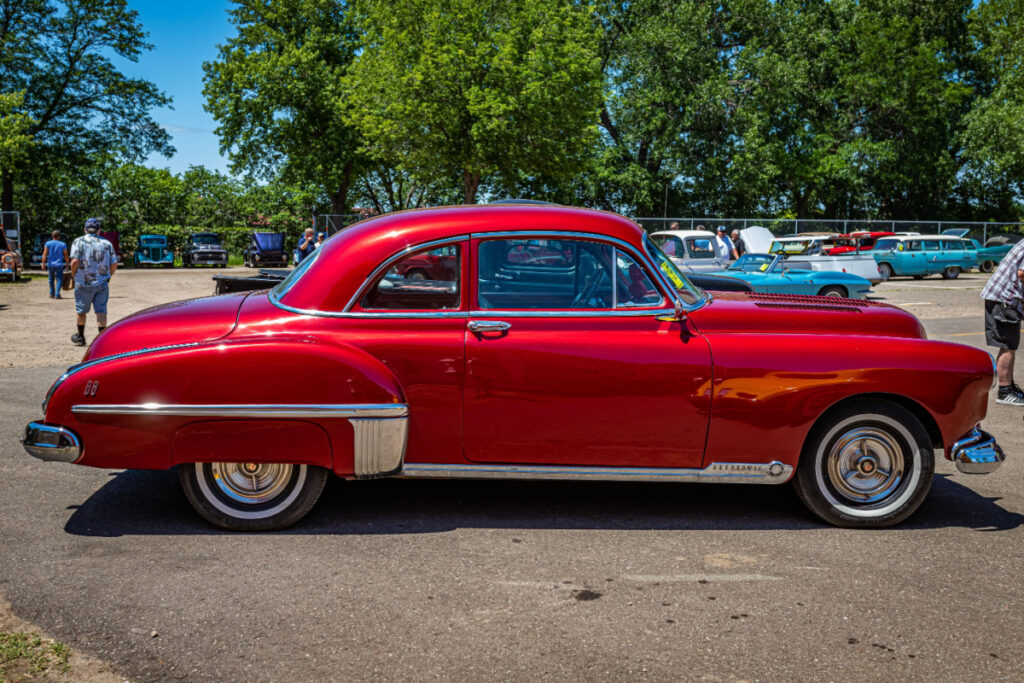
The 1949 Oldsmobile Rocket 88 is often hailed as the first true American muscle car. It combined a relatively lightweight body with the brand’s new Rocket V8 engine, producing 135 horsepower—a significant amount at the time. This car set the standard for what would become the muscle car formula: power, speed, and style. Its success on the racetrack and the street paved the way for the muscle car boom of the 1960s.
The Golden Era
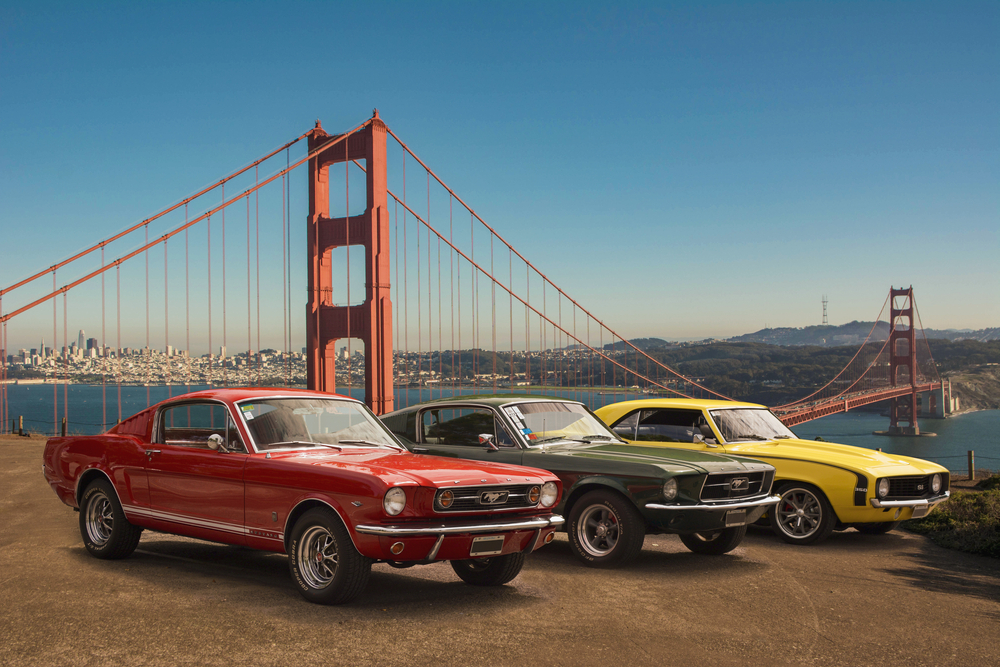
The 1960s and early 1970s are widely recognized as the golden era of muscle cars, a time when manufacturers like Ford, Chevrolet, and Dodge competed fiercely to produce the most powerful and stylish vehicles. Iconic models like the Ford Mustang, Chevrolet Camaro, and Dodge Charger became cultural symbols, embodying the spirit of American automotive innovation and performance. These cars featured large V8 engines, aggressive designs, and were marketed as affordable performance vehicles, making them accessible to a wide audience.
Hemi Engine Legend
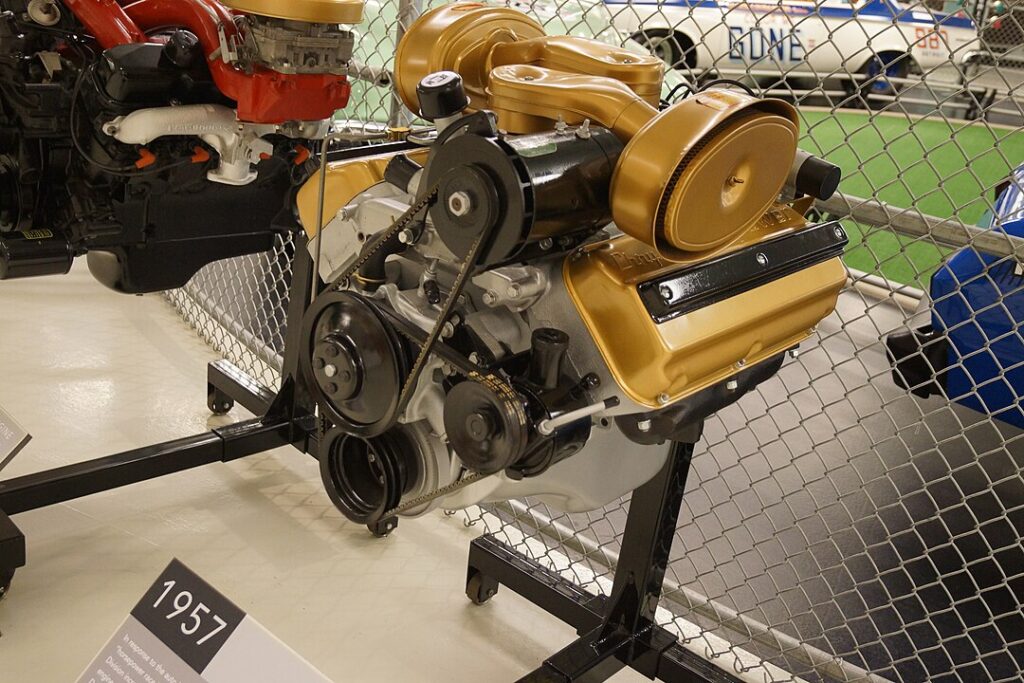
Chrysler’s Hemi engine, introduced in the 1950s, became a legend in the world of muscle cars. The hemispherical combustion chambers allowed for better airflow, resulting in greater power and efficiency. This engine was a game-changer, particularly in models like the Dodge Charger and Plymouth Barracuda, where it produced up to 425 horsepower. The Hemi engine’s reputation for raw power made it a favorite among drag racers and car enthusiasts alike.
Pony Car Revolution

The launch of the Ford Mustang in 1964 sparked the pony car revolution, a new class of American muscle cars that were smaller, more affordable, and just as powerful as their larger counterparts. The Mustang’s success led to the creation of competitors like the Chevrolet Camaro and Pontiac Firebird. With its sleek design and variety of engine options, the Mustang quickly became an American icon and solidified its place in automotive history.
Chevrolet’s Big Block V8

Chevrolet’s 427 cubic inch Big Block V8 engine was one of the most powerful engines of its time, producing up to 435 horsepower. This engine powered some of the most iconic muscle cars, including the Corvette and Camaro, and was known for its massive torque and acceleration. The 427 Big Block became synonymous with high performance and was a key factor in Chevrolet’s dominance in the muscle car market.
Mopar Muscle
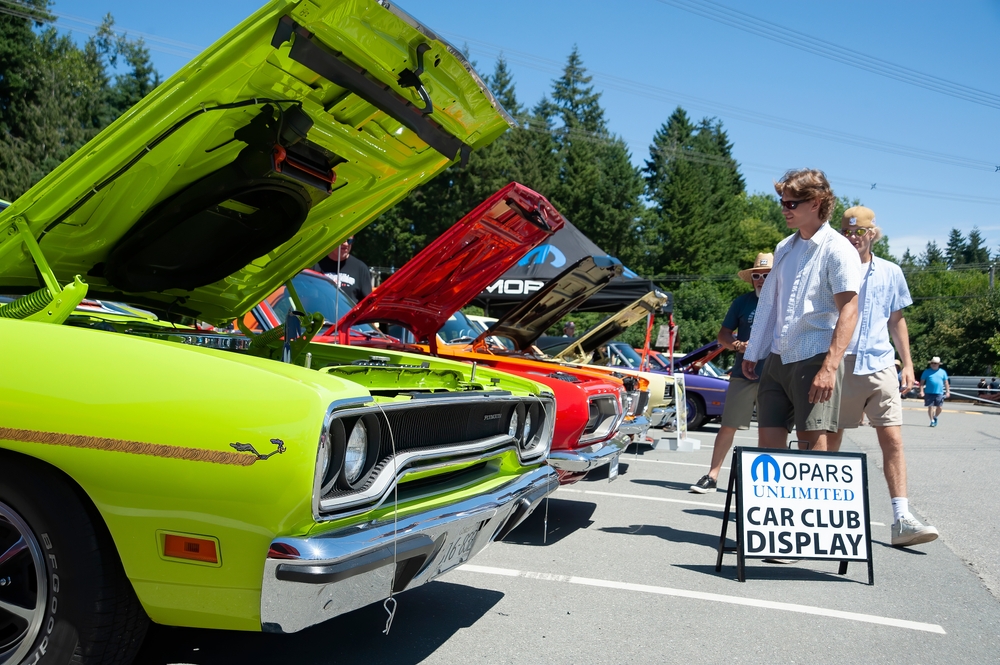
Chrysler’s Mopar division was responsible for producing some of the most iconic muscle cars in history, including the Dodge Challenger and Plymouth Barracuda. These cars were known for their aggressive styling, high-powered engines, and dominance on the drag strip. Mopar’s influence extended beyond just cars; it became a cultural phenomenon, with a loyal following that endures to this day.
The Trans Am Connection
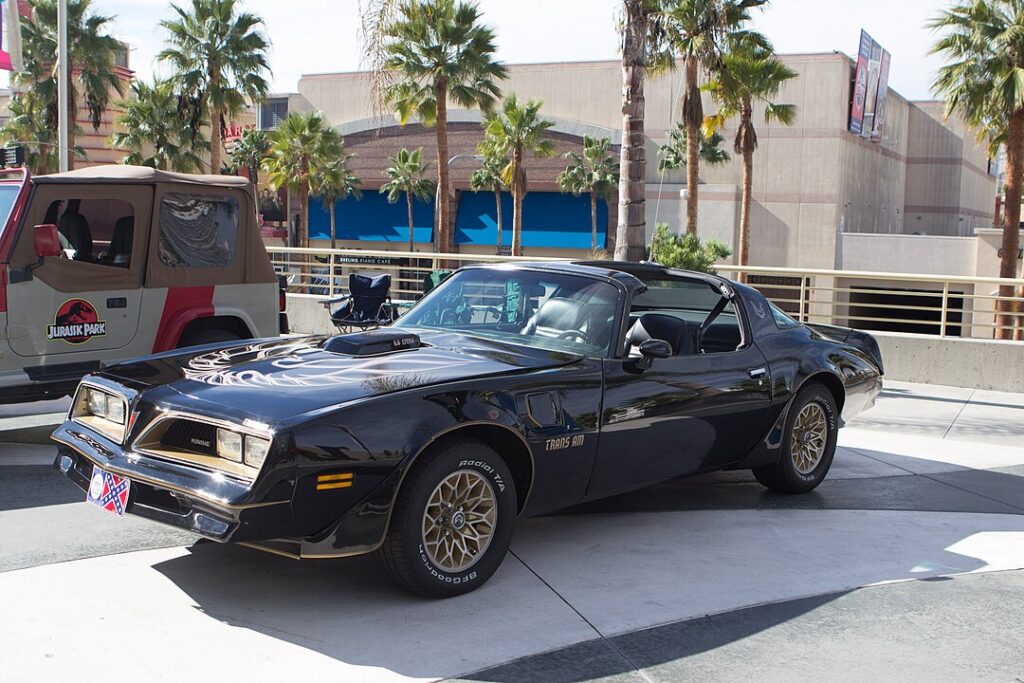
The Pontiac Trans Am gained fame not just for its performance but also for its role in the movie Smokey and the Bandit. The Trans Am became a symbol of the muscle car era, with its distinctive styling, powerful engines, and connection to American pop culture. The car’s popularity soared after the film, making it one of the most iconic muscle cars of all time.
Street Racing Roots

Muscle cars were originally designed with street racing in mind, and manufacturers often advertised their cars’ quarter-mile times and top speeds. Cars like the Dodge Charger and Plymouth Road Runner were built to excel in straight-line speed, making them favorites among street racers. This focus on performance helped solidify the muscle car’s reputation as a symbol of American automotive power.
Affordable Power
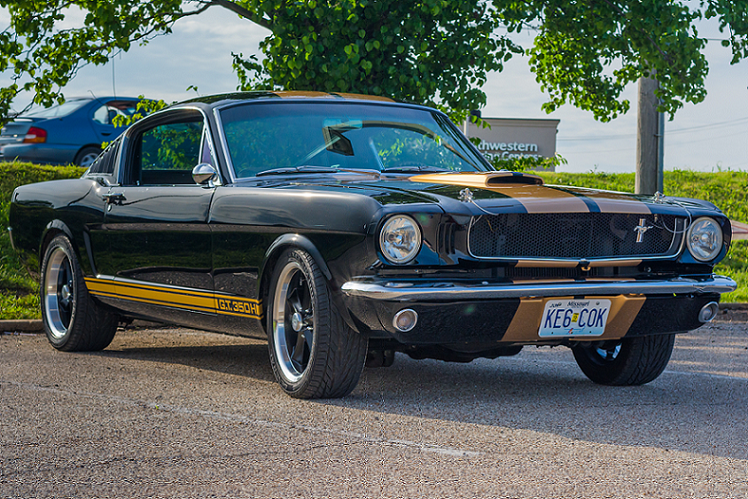
In the 1960s, muscle cars were marketed as affordable performance vehicles, allowing everyday Americans to experience the thrill of high-speed driving without spending a fortune. Cars like the Ford Mustang and Chevrolet Camaro were priced within reach of the average consumer, making them hugely popular. This affordability, combined with their performance capabilities, helped muscle cars become a staple of American culture.
NASCAR Influence

Many classic muscle cars were designed with NASCAR racing in mind, as manufacturers sought to use their race results to promote their cars’ speed and durability. The Plymouth Superbird and Dodge Charger Daytona, for example, were specifically engineered for NASCAR, with aerodynamic features that helped them dominate on the track. These race-inspired designs translated to high performance on the road, further enhancing the muscle car’s appeal.
The Super Bee
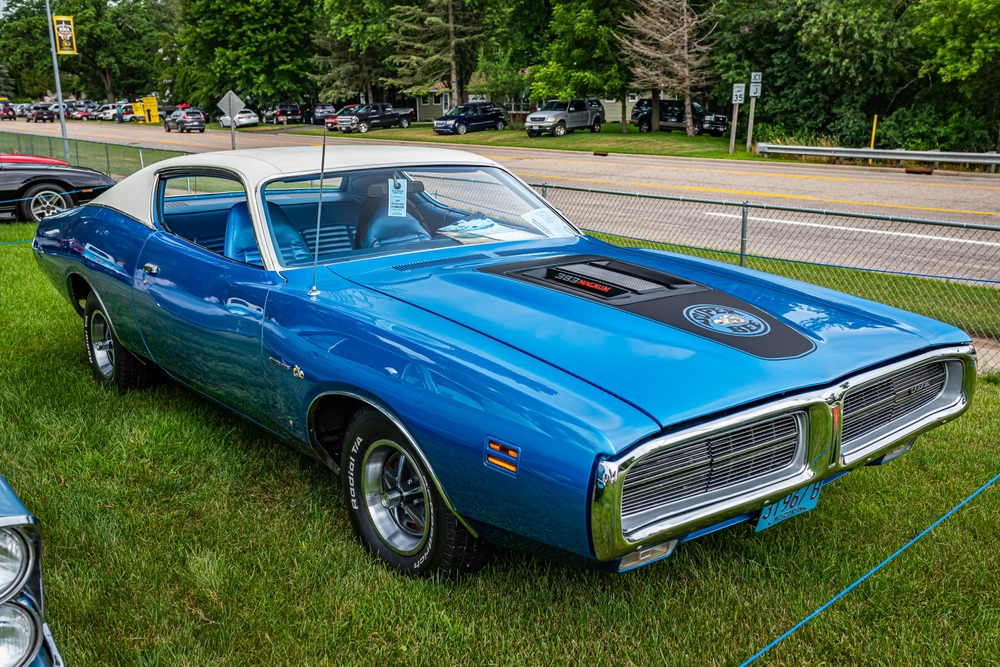
The Dodge Super Bee, introduced in 1968, was a budget-friendly muscle car that offered serious performance at a lower price point. It was powered by a range of V8 engines, including the powerful 426 Hemi, and featured distinctive “bumblebee” stripes. The Super Bee’s combination of affordability and performance made it a favorite among young drivers who wanted a fast car without breaking the bank.
Factory-Produced Drag Racers
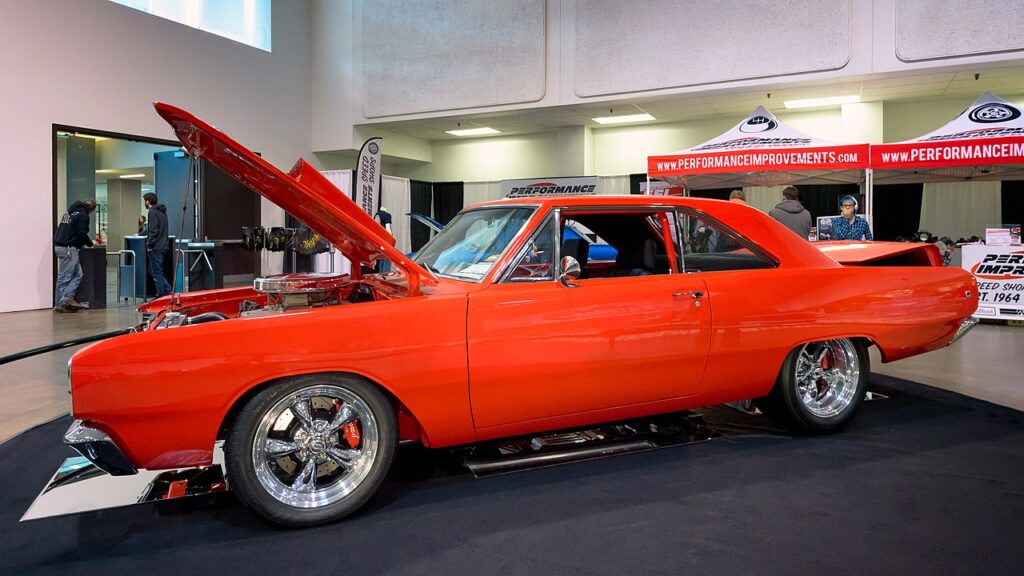
The 1968 Plymouth Hemi Barracuda and Dodge Hemi Dart were factory-produced drag racers, built specifically for the quarter-mile strip. These cars featured lightweight bodies, stripped-down interiors, and high-powered 426 Hemi engines, making them some of the fastest muscle cars ever produced. Their rarity and performance capabilities have made them highly sought after by collectors.
The Yenko Camaro
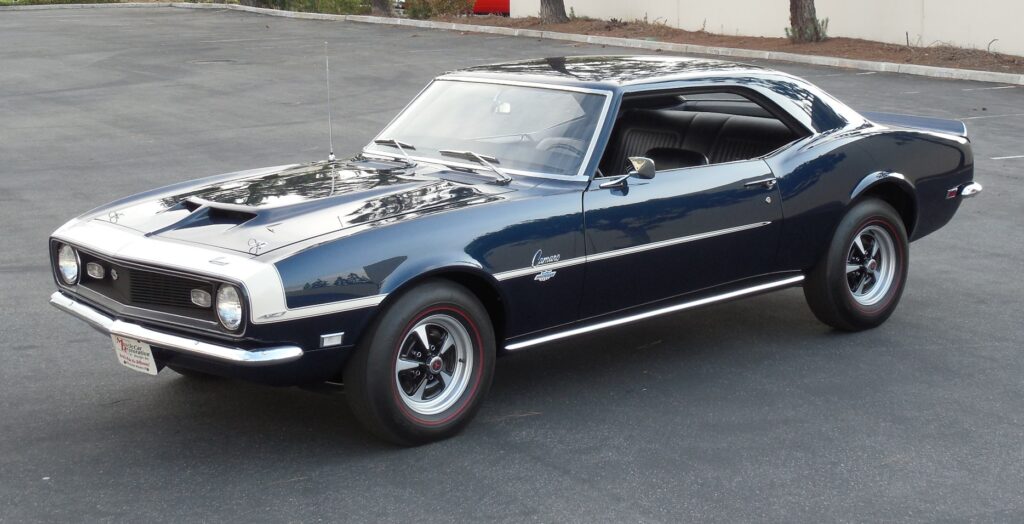
The Yenko Camaro was a dealer-modified version of the Chevrolet Camaro, created by legendary car dealer Don Yenko. It featured a 427-cubic-inch engine, producing up to 450 horsepower, and was built for speed. With only a few hundred made, the Yenko Camaro became one of the most coveted muscle cars of all time, known for its blistering performance and exclusivity.
Ford’s Cobra Jet

The 1968 Ford Mustang Cobra Jet was introduced as a street-legal drag racer, featuring a 428-cubic-inch V8 engine that made it one of the fastest cars of its time. The Cobra Jet was capable of running the quarter-mile in under 14 seconds, a remarkable feat for a production car. Its combination of power and street legality made it a standout in the muscle car world.
The GTO’s Nickname
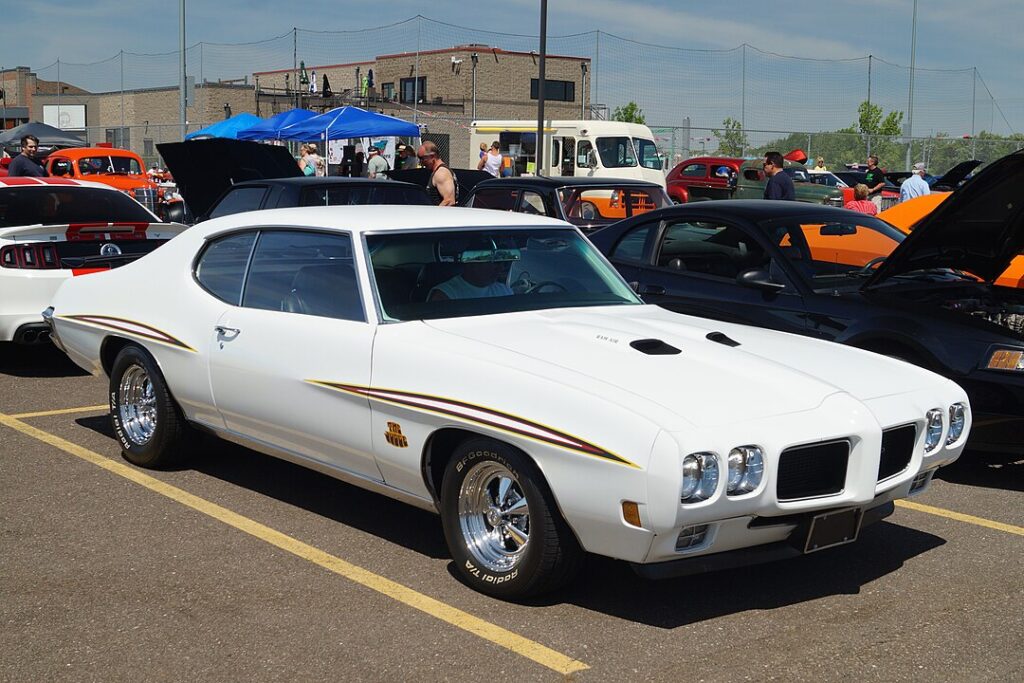
The Pontiac GTO, often referred to as “The Judge,” earned its nickname from a popular TV catchphrase, symbolizing its dominance on the road. Introduced in 1964, the GTO is widely considered one of the first true muscle cars, featuring a powerful V8 engine and aggressive styling. The GTO’s performance and iconic status have made it a legend in the world of American muscle cars.
Fuel Crisis Impact
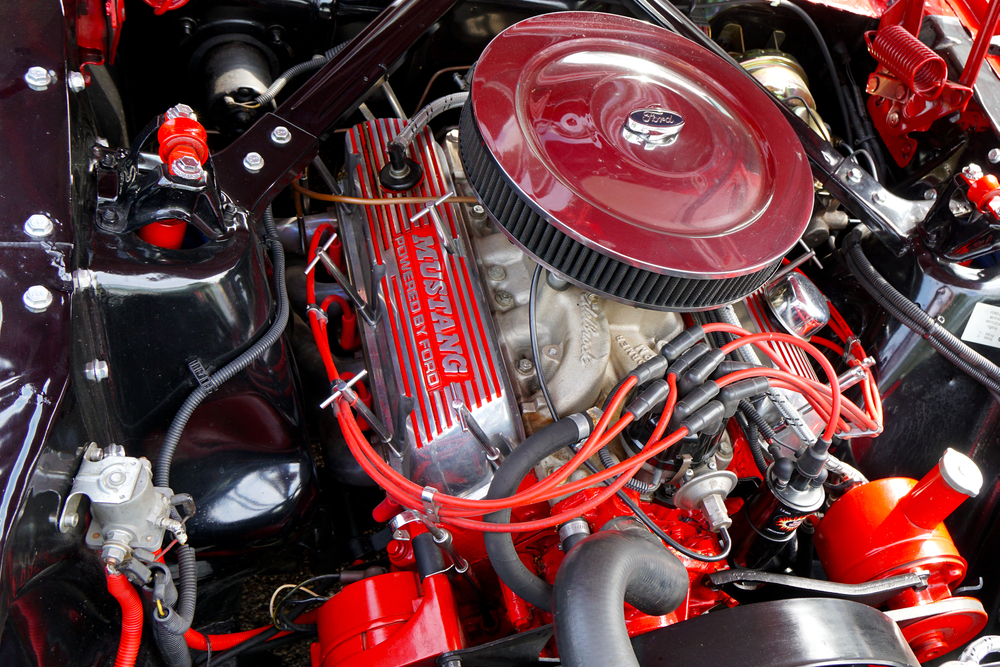
The 1973 oil crisis and stricter emissions regulations marked the end of the muscle car era, as manufacturers were forced to shift their focus to smaller, more fuel-efficient vehicles. Muscle cars, with their large V8 engines, became less practical in the face of rising fuel costs and new environmental standards. This shift in the automotive industry brought an end to the golden age of muscle cars.
The Plymouth Road Runner
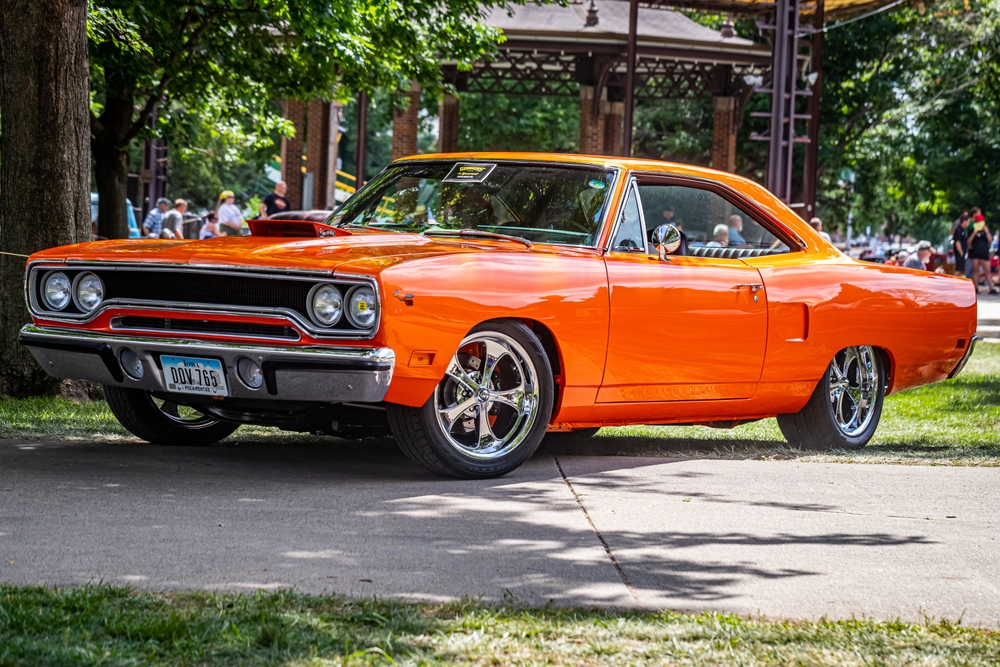
The Plymouth Road Runner was introduced in 1968 as an affordable muscle car, named after the popular cartoon character. It featured a basic interior and exterior but was powered by a range of potent V8 engines, including the 426 Hemi. The Road Runner’s combination of performance and affordability made it a hit with consumers, and its distinctive “beep beep” horn added to its charm.
Convertible Muscle
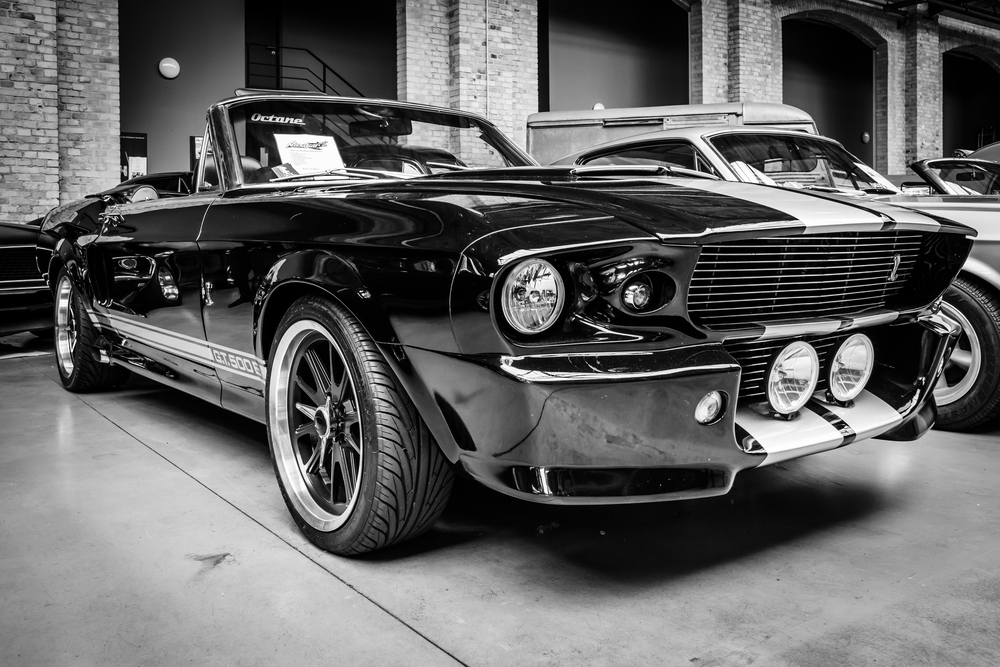
Many classic muscle cars, like the Chevrolet Chevelle SS and Ford Mustang, were available as convertibles, offering open-air performance thrills. These convertible models combined the power and speed of a muscle car with the freedom of a drop-top, making them highly desirable. The combination of performance and style made convertible muscle cars a popular choice among enthusiasts.
The Shelby Legacy
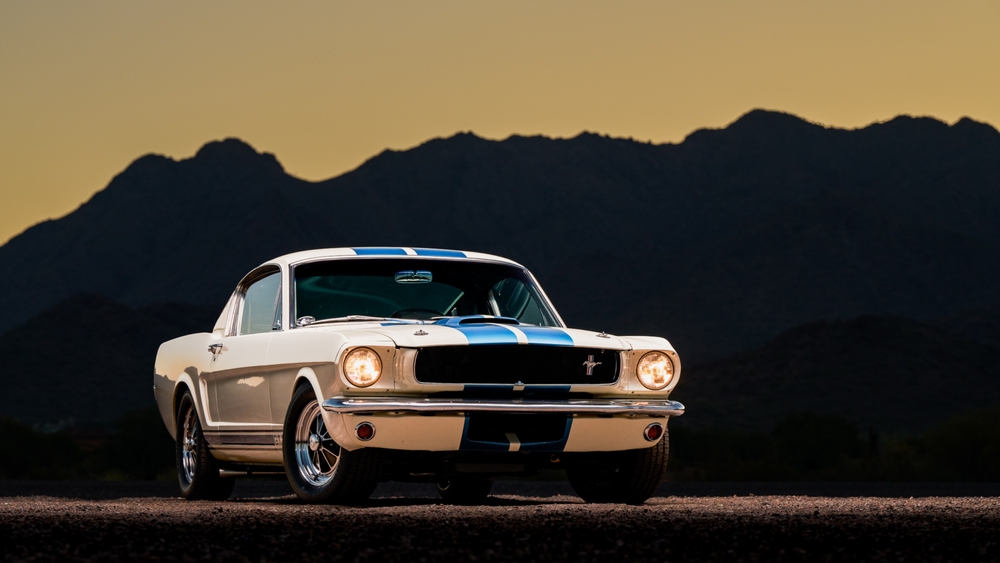
Carroll Shelby, a former race car driver, collaborated with Ford to create the Shelby Mustang, a high-performance version of the Mustang that remains legendary today. The Shelby GT350 and GT500 models featured powerful V8 engines, enhanced suspension systems, and unique styling cues. Shelby’s influence on the Mustang helped elevate it to iconic status, and the Shelby name remains synonymous with performance.
The Buick GSX
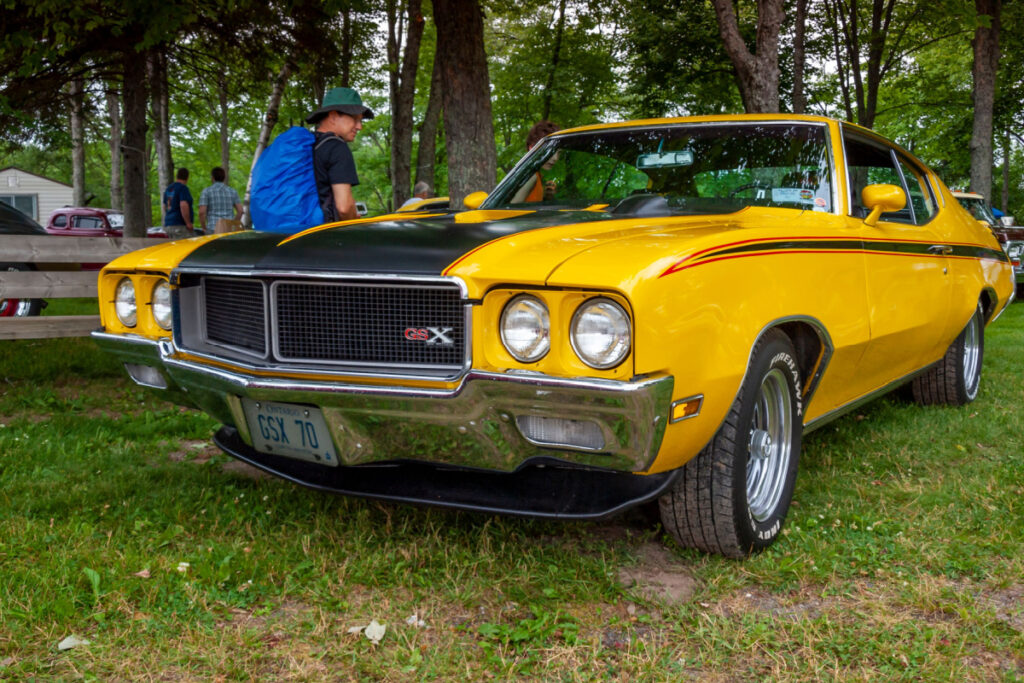
The 1970 Buick GSX was a high-performance muscle car that combined luxury and power. It featured a 455-cubic-inch engine, producing up to 360 horsepower, and was available with a range of performance options, including a Stage 1 package that made it one of the fastest cars of its time. The GSX’s combination of luxury and performance made it a standout in the muscle car world.
This article originally appeared in MyCarMakesNoise.
More from MyCarMakesNoise
18 Iconic Race Cars with Strong Investment Potential

Investing in classic race cars is not just about the thrill of ownership; it’s also a smart financial move. Some race cars have stood the test of time, becoming highly sought-after collectibles. Read More
13 Influential Changes in Commercial Truck Design

Commercial truck design has evolved significantly over the years, driven by advancements in technology, materials, and regulations. These changes have enhanced efficiency, safety, and sustainability in the trucking industry. Read More
Ducati`s 16 Most Famous Motorcycles and Their Performance Records

Ducati has a storied history of creating some of the most iconic motorcycles in the world. From groundbreaking designs to unmatched performance on the track, Ducati’s bikes have left an indelible mark on the motorcycle industry. Read More

